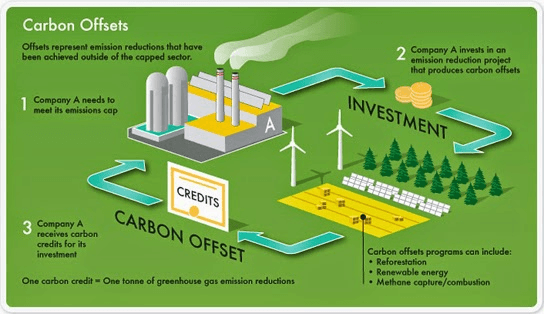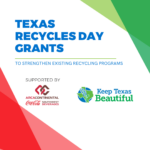In the world of environmentalism, many hear buzz-words like “zero-waste” and “trash-free,” but aren’t really sure what the impact of these causes or actions are. We’ll be unpacking some of this terminology on our blog and helping every-day humans, just like you, learn how you can positively create change in your community and your own personal environment.
Today, we’ll be learning about Carbon Offsets!
What exactly are they, anyway? Officially, a carbon offset is a reduction in emissions of carbon dioxide or other greenhouse gases made in order to compensate for emissions made elsewhere. Offsets are measured in tonnes of carbon dioxide-equivalent. One tonne of carbon offset represents the reduction of one tonne of carbon dioxide or its equivalent in other greenhouse gases.
This can get political pretty quickly, but basically, you move about in the world creating emissions and carbon release, even when you’re working pretty hard to reduce your negative environmental footprint. Businesses are often incentivized, or required, to reduce their greenhouse gas emissions and carbon output through payment toward causes working on offsetting that effect. This is a conversation that is often in the news and up for much debate, though we encourage you to research how and if your own footprint leaves a trace or change on our surrounding environment.
Offsets typically support projects that reduce the emission of greenhouse gases in the short- or long-term. A common project type is renewable energy, such as wind farms, biomass energy or hydroelectric dams. Others include energy efficiency projects, the destruction of industrial pollutants or agricultural byproducts, destruction of landfill methane and forestry projects. Some of the most popular carbon offset projects from a corporate perspective are energy efficiency and wind turbine projects.
Offsets are often a cheaper or more convenient alternatives to reducing one’s own fossil-fuel consumption. However, some critics object to carbon offsets and question the benefits of certain types of offsets. Due diligence is recommended to help businesses in the assessment and identification of “good quality” offsets to ensure offsetting provides the desired additional environmental benefits and to avoid reputational risk associated with poor quality offsets. Overall, Carbon Offsets are viewed as an important policy tool to maintain stable economies and to improve sustainability at large.
Here at KTB, we try to support sustainability in our environment through a variety of ways, including carbon reduction and offsetting. Many of you may have seen this at work through our conference carbon offsetting program, where attendees could offset the cost of their travel to conference with a small donation to the Carbon Fund, on our behalf.
Do some research online and calculate how to reduce, or offset, your own carbon footprint today!
Sources
Wikipedia – Carbon Offset
Carbonfund.org
Myclimate
Native Energy
Blog Post Written By Rebekah Grmela, Communications Director






